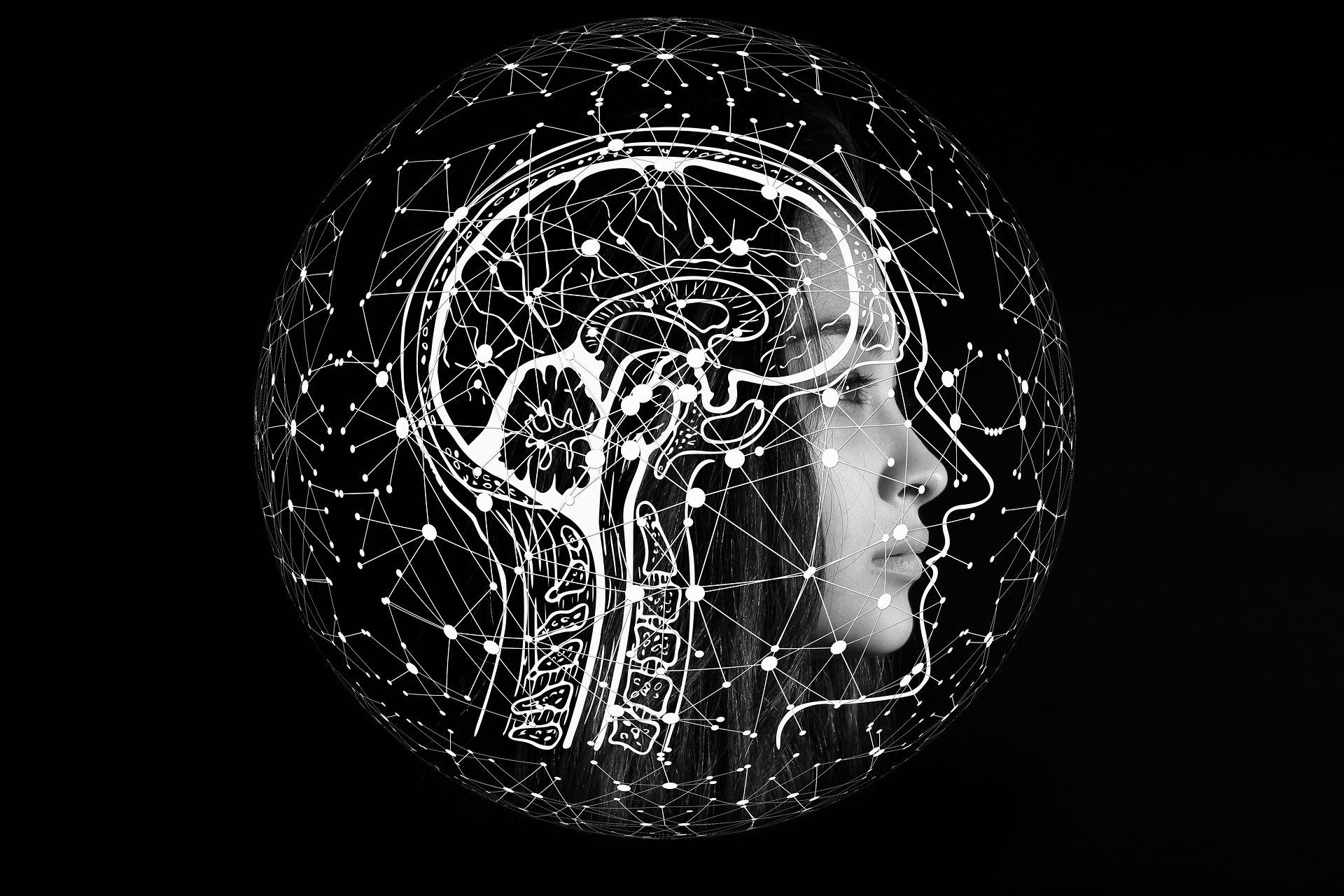The Turing Test: How AI Can Become Indistinguishable From Humans
Written by Jacob Le Mons
What is the Turing Test?
The Turing Test is a method of testing whether an AI (artificial intelligence) can think like a human. In order to pass the test the proctor must not be able to tell that the AI is artificial.
A long term goal of the AI industry is to create an AI that can pass the Turing Test. In order for an AI to be indiscernible from human intelligence, the AI must be able to, more or less, do everything a human can do.
For example, when a human looks at a curve on a graph, a human can easily point out the peaks and troughs (valleys) of the curve. Humans can do this because the brain is very good at pattern recognition. Not only can the brain find the peaks and troughs, but it’s able to automatically identify the largest and smallest of those points.
AI not only needs to find every peak and trough, it then needs to compare every one of those points to each other in order to find the absolute highest and lowest peak and trough. Brains automatically declare what information is irrelevant (all none-largest/smallest points). AI can’t yet do this and it results in AI being substantially more computationally intensive than human brains when accomplishing this task.
Human Brain vs AI
There’s been many different estimates made on how many calculations the brain is able to make in a second. They range from 0.1 petaFLOPS (peta meaning quadrillion) according to Hans Moravec, all the way up to 1 exaFLOPS (exa meaning quintillion) according to newer research done in Japan.
The four TPUs (tensor processing unit(s)) of AlphaGo (first AI to beat Go human world champion) use roughly 11.5x10^15 FLOPS (11.5 petaFLOPS). The brain uses roughly 10-20 watts of energy per hour.
One of AlphaGo’s TPUs uses 40 watts. So in total, the four of them use roughly 160 watts/hr. This means that with only 8x the power consumption, AlphaGo (on the highest end) is able to perform 115x the calculations of a human brain and on the lowest end, only 0.87x (87%) that of the human brain.
However, even with such a large difference in performance estimations, the efficiency of AlphaGo’s thinking is difficult to compare to a brain’s because of something that the brain has and AlphaGo (or any current AI) doesn’t. This is due to the inherent nature of trade offs.
Trade-offs
Everything comes with a trade off, whether AI or human.
For example, the brain has evolved to be able to draw from numerous disciplines and strategies when approaching a problem. For the purpose of this blog post, this is how we’ll define creativity.
The brain’s trade off however, is that it’s taken millions of years of Darwinian evolution for it to get to this point. AI on the other hand, can undergo “evolution” at a significantly faster rate or scale, essentially, it’s a faster learner. But, its trade off is that its ability to draw from different disciplines and strategies to find the best possible solution to a problem or task (creativity) is far more inferior to the brain’s.
Even if we use the highest statistic talked about above (AlphaGo being 115x more ‘powerful’ than a brain), the brain still is able to use less power, and come up with a more innovative or useful solution than AI would be able to. This is due to the brain’s creative ability.
Creativity with AI
So, how do we get to the point where AI is able to harness a similar level of creativity that we see from the brain (realistically)?
How can we get it to pass the Turing Test?
Well let’s go back to trade offs. Brains got here due to a large amount of a specific resource—time. Unfortunately, time is a precious resource. So instead, let’s substitute it for something else we can use to accomplish the same thing. We’ll use people, or rather, brains. More people means more brains which means more innovation, more ideas, and more input to consider in general.
After all, two heads are better than one. But diversity is important in order to get diverse solutions to the same problem. A group of scientists may be far more knowledgeable about a specific topic. However, a group of the same size split evenly between scientists and artists, would almost definitely come up with a more innovative solution than the group of scientists exclusively.
This is the exact reason why we need more creatives in the AI field. Of course an artist who doesn’t know how to code won’t be better than a computer scientist in creating or training an AI. But, their partnership will most definitely complement each other.
According to Mark Twain, there is no such thing as an original idea.
Therefore, all new ideas are simply the brain reshuffling patterns and concepts that it’s already used or been exposed to in the past.
Artists are often more in tune with their creative side and far less restricted than people who focus solely on a specific discipline.
With just a simple understanding of how machine learning works and the basic concepts of artificial intelligence, we can collaboratively begin to approach AI in a new way—a more creative way, one where it passes the Turing Test some day.
Conclusion
Even if you aren’t interested in math, if you’ve always been a daydreamer or a storyteller, there is a place for you somewhere in the AI field. We’re talking about intelligence here, every single person has something to contribute.

